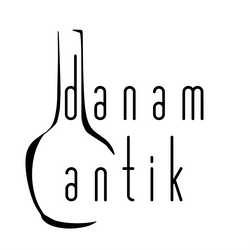Description
Set of Bing & Grøndahl Bisque Plates Spring, Summer, Fall and Winter No 116, No 117, No 118, No 119. Copy from Thorvaldsens original from Rom 1836. Measures 14,5cm. New edition.
Payment & Security
Your payment information is processed securely. We do not store credit card details nor have access to your credit card information.












